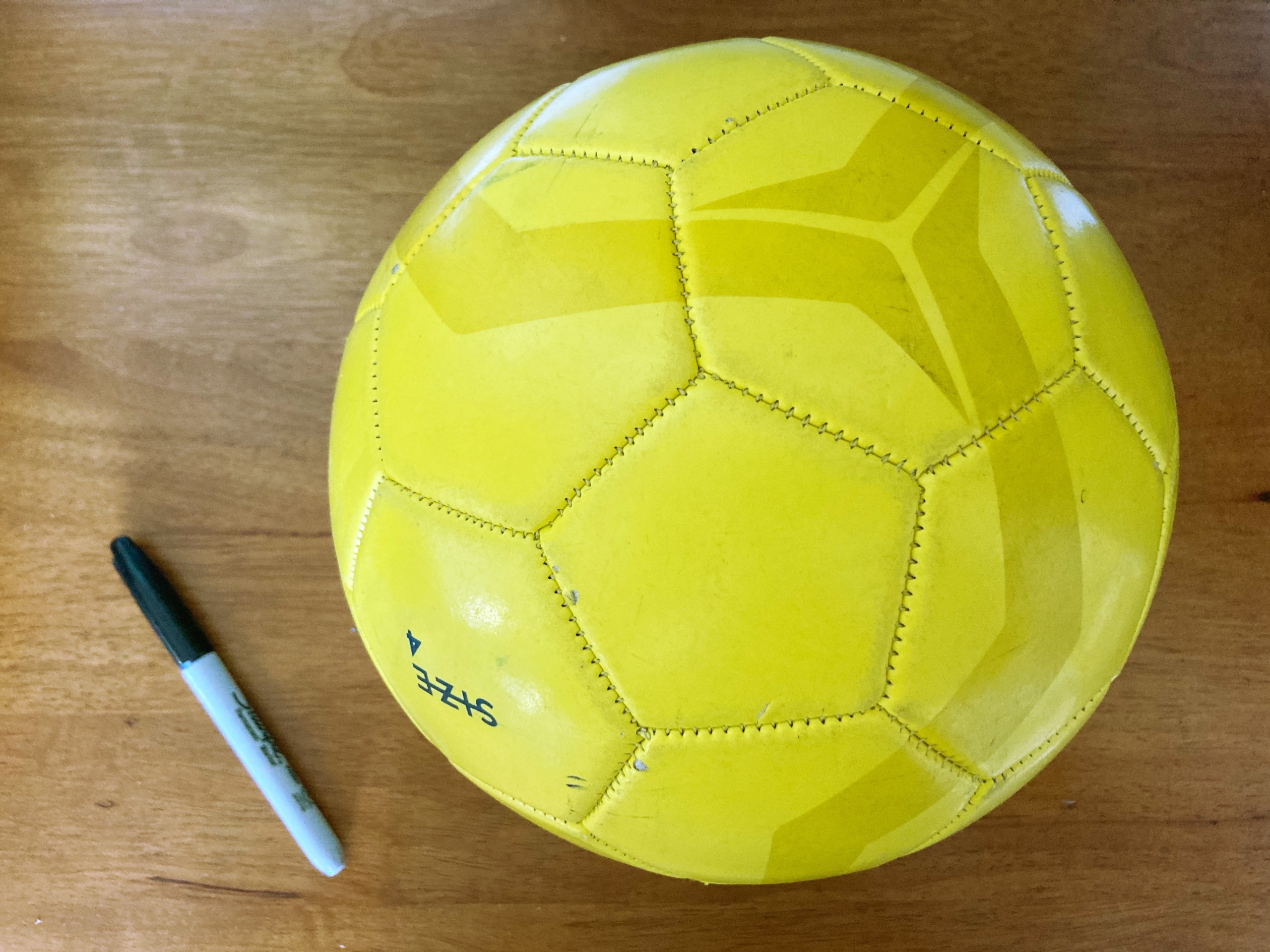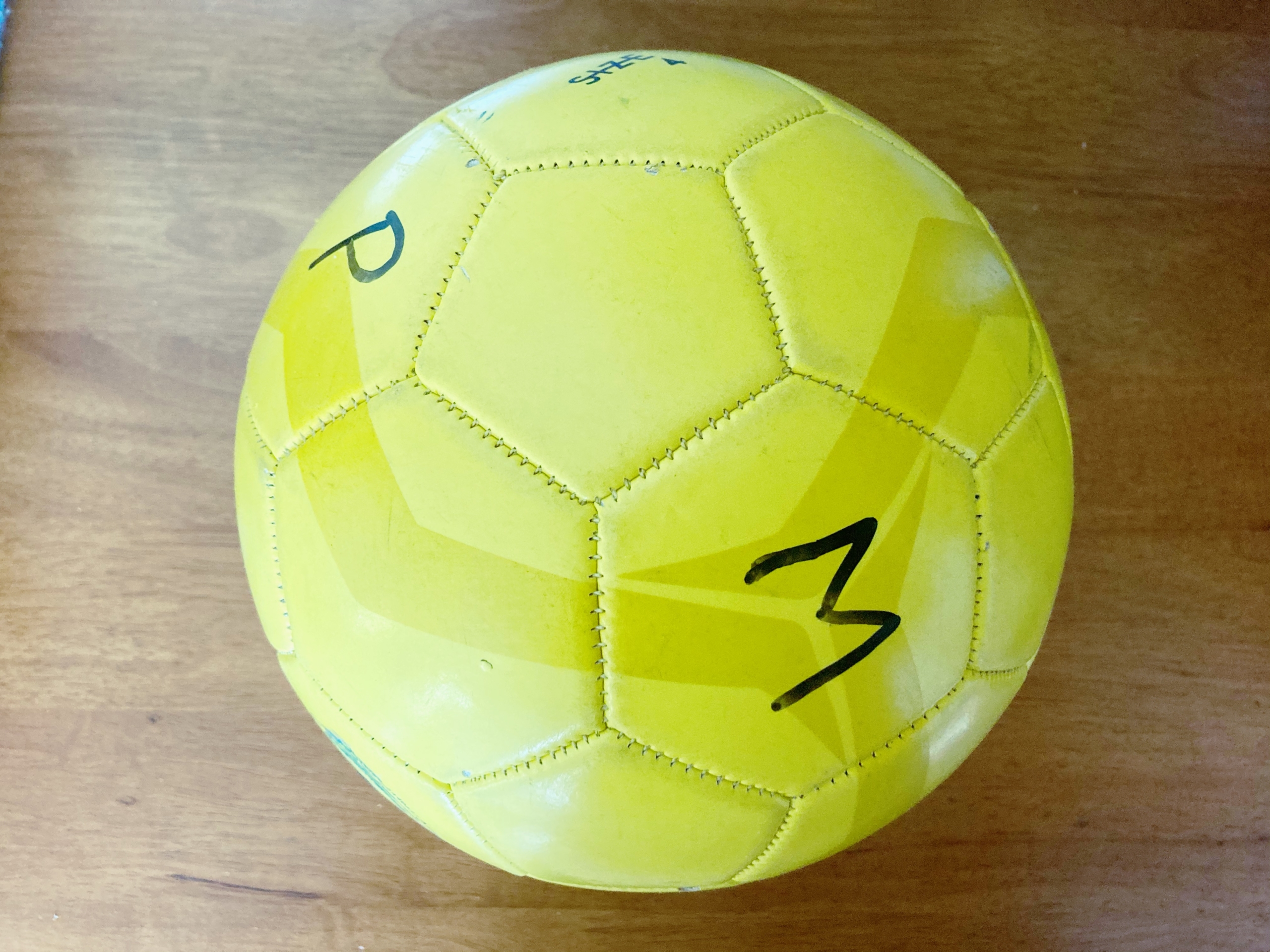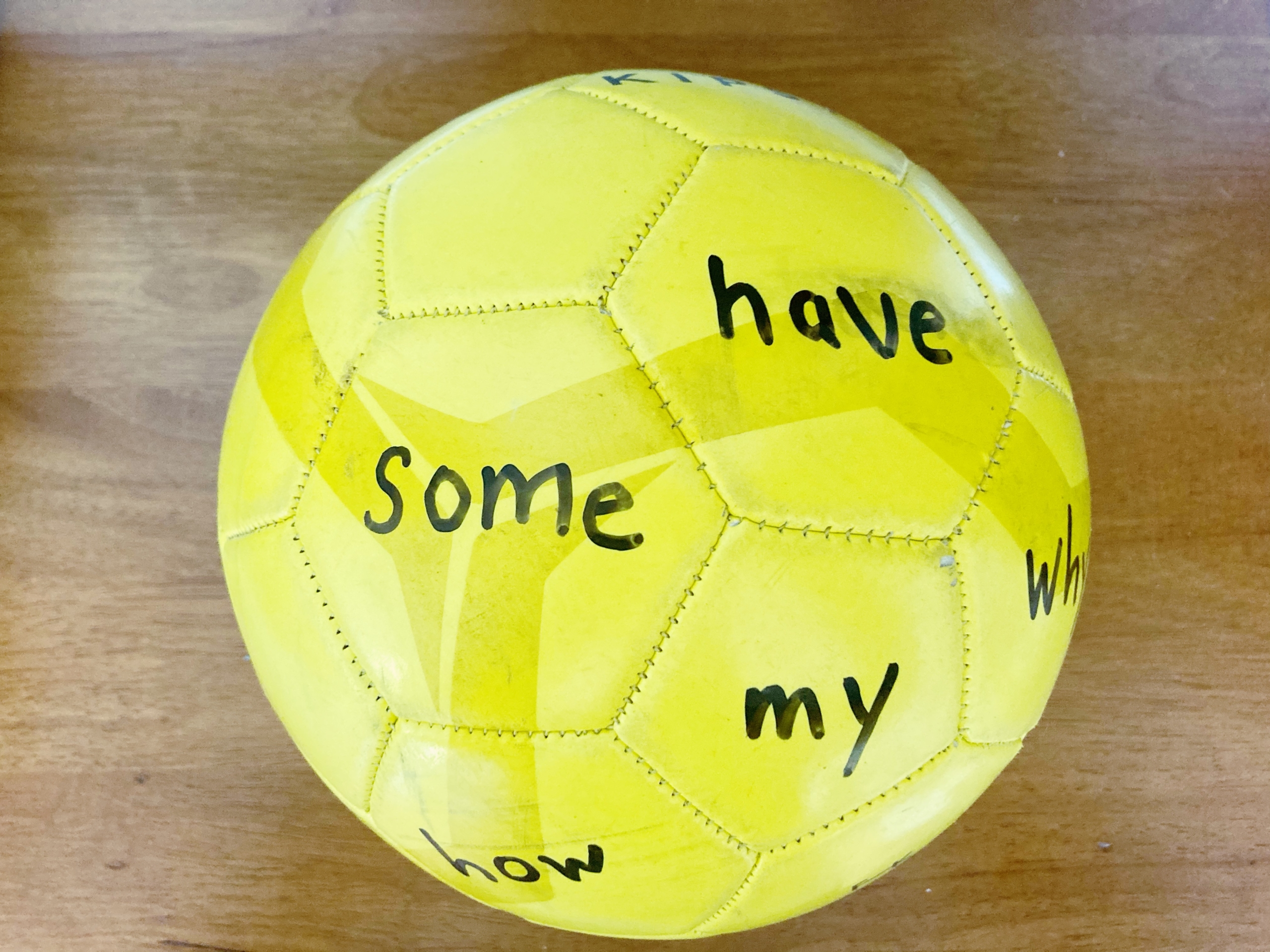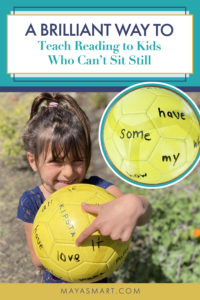Raising a successful reader means more than having books around and sending your child off to school when the time comes—unfortunately, all too many kids are coming out of U.S. schools less than literate. To ensure children’s success, parents should actively teach them the ABCs and then support them all the way through learning to read, write, and spell well.
But what if your child just can’t sit still? There’s no need to force things. Instead, find ways to meet them where they are and bring the learning to them. This can mean going on a letter scavenger hunt around your neighborhood, singing alphabet songs in the car, doing goofy finger play and reciting rhymes that support literacy, and engaging kids in all kinds of ways that don’t involve worksheets of flash cards.
Ditching the worksheets or flash cards (or taking a break from them) doesn’t mean you don’t need to drill certain skills, though. And that’s where some creativity can go a very long way. Try this letter-sound and sight-word soccer game to work in a little practice with active kiddos who’d rather be running around than drilling indoors. It’s a fun trick to teach reading to kids who can’t sit still. And guess what? The fresh air and exercise may do you both some good, too!

Materials:
- An old soccer ball, volleyball, kick ball, beach ball, or other larger ball
- Permanent marker or dry-erase marker
- List of letters, sight words, or spelling words for your child to practice
Cost: Free if you have a ball to upcycle. Or pick one up for a few dollars!
Preparation: Just write your target letters or words on the ball. Easy as pie! However, we do have a few tips for you, as well as levels of play to move your child through. Scroll down to read them.


Tips:
- Start by writing just a few letters or words spaced apart around the ball. As your child gains knowledge and confidence, add more in the spaces in between.
- Using a permanent marker will ensure your writing doesn’t smear as you play, but you can also try a dry-erase marker in order to change up the letters or words over time. It will wipe off little by little as you play, but dry-erase markers have some staying power on certain balls, so you can go ahead and experiment.
How to Play Letter-Sound Soccer or Sight-Word Soccer
Just play ball! You can sit on the ground facing one another (with your legs open in a V to catch the ball if you miss) and roll it back and forth, toss it to each other if your child is ready to catch, or kick it back and forth, stopping the ball with your foot each time. When you get the ball, read the letter or word facing you, then invite your child to do the same on their turn.
Tips:
- Your number one goal is to make practice fun, so keep your game light-hearted, brief, and playful. Fit your play to your child’s attention span; it’s better to play a few minutes regularly than burn them out on the first go.
- When your child doesn’t know an answer or makes a mistake, avoid showing frustration or disappointment. Instead, act excited about getting to help them (“Yes! I get to help you for once! You’re such a big kid, and I still want to be able to help you sometimes!”) and then move on quickly.
Levels of Play for Different Ages, Stages, and Interests
- Letter names: For the youngest kids, it’s best to begin with common letters written in capital letters. Start with frequently used consonants, such as M, N, B, P, W, H, T, G, K, D, N, and G—plus your child’s first initial and any other familiar letters.
- Letter sounds: As your child begins to recognize the letters, you can quickly integrate letter sounds into your game. Take turns identifying the sound each letter makes as you toss (or kick) the ball back and forth. As soon as your child is ready, change things up by asking your child to make a word that starts with each sound when their turn comes.
- Vowels: The next level is to add in vowels: A, E, I, O, and U (and sometimes Y, if you like). Explain that each vowel can make a long sound (A as in cake) or a short sound (A as in apple) and then practice through play!
- Sight words: Write words your child is learning to read on the ball. To keep the fun up and frustration down, we recommend mixing in some words they already know with some that are more of a stretch. Include your child’s name and any other family names they know; you may also include “mama,” “daddy,” etc. Slowly add new words over time.
- Sight-word sentences: You’ll want to add some twists and turns to your game play to keep your child from getting bored. You can take turns making up silly sentences with the words you read, or throw the ball back and forth a few times and then make up a sentence together with all the words you read.
- Spelling words: You can keep playing this game with kids’ spelling words as they grow. Sometimes there’s nothing for it but to memorize tricky words (“might,” “could,” and “would” come to mind!) and games like this can help make the memorization bearable.
Bonus Storytelling Version for All Ages
- Storytelling: Kids of any age can benefit from storytelling games, which engage them in hearing and inventing stories, building up their language skills, imaginations, and fluency in the process. You can create a storytelling soccer game for any age by drawing simple pictures or writing creative words around the ball. Just pass the ball back and forth a few times, then take turns making up a story based on the pictures or words that came up.
We hope this game inspires you on ways to teach your child to read even when they can’t sit still—or just when you both need a little active fun. Enjoy! And be sure to let us know if you come up with any fun adaptations of this game with your little ones.
Like this post? Share it!

*Soccer ball pictures by Laila Weir.


